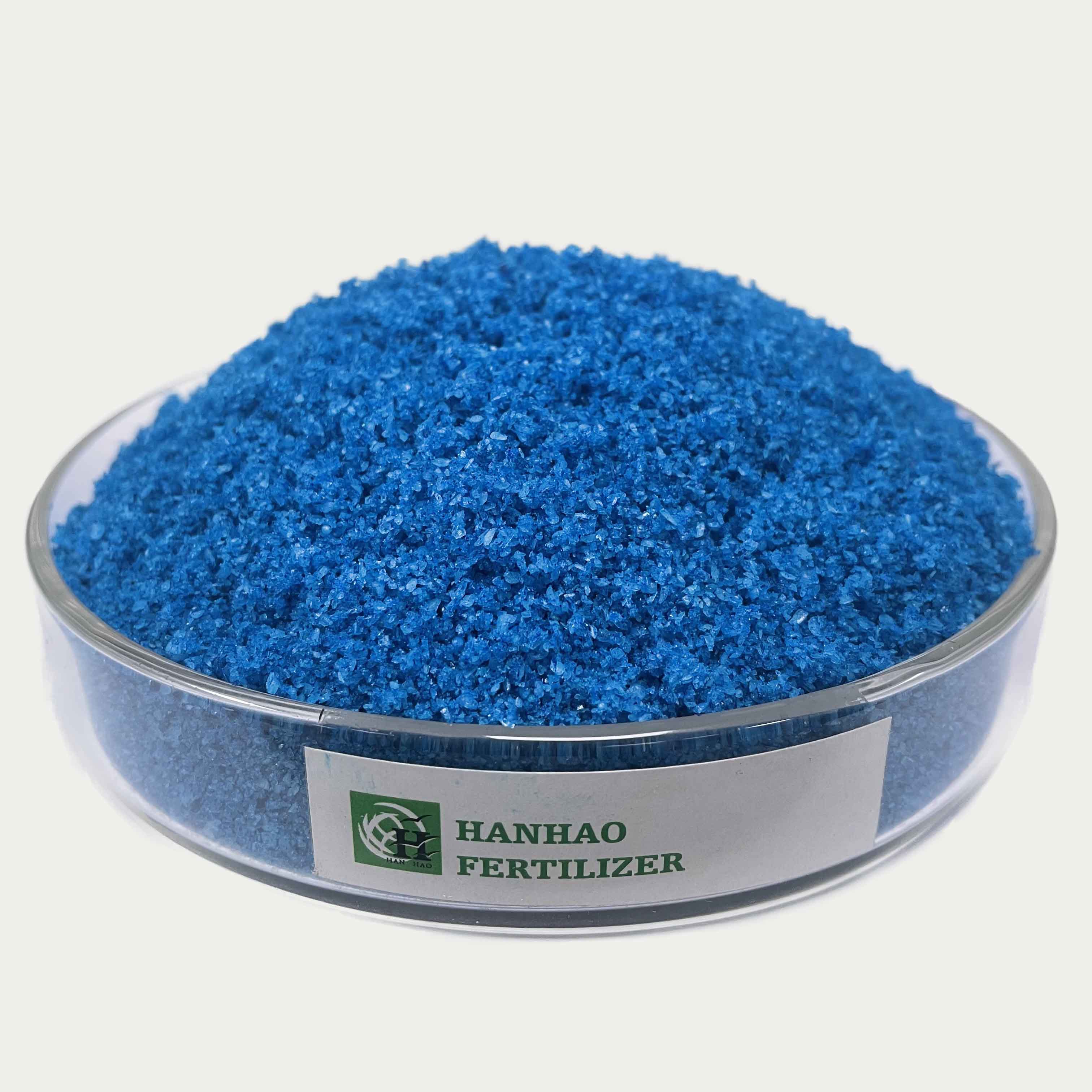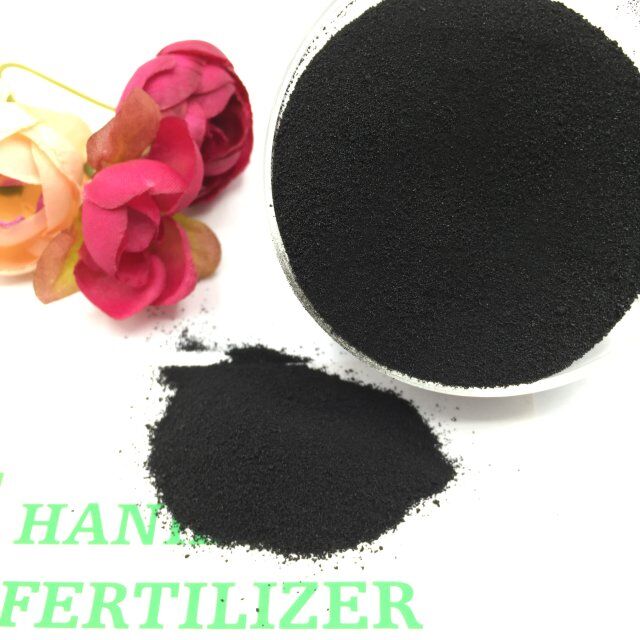
Feb . 19, 2025 09:13 Back to list
Diammonium Phosphate 18-46-0 Dap granular
Maximizing Crop Yields with 25-5-30 Fertilizer A Comprehensive Guide
Application timing is another critical factor. For many crops, applying 25-5-30 fertilizer during the pre-planting stage ensures that nutrients are readily available once the seeds germinate. This timing supports early growth vigor, setting a solid foundation for subsequent development stages. For perennial plants, periodic applications during the growing season can sustain nutrient availability, supporting continuous growth and productivity. The practical benefits of employing a 25-5-30 fertilizer in crop management are evident. Reports from agricultural practitioners highlight its effectiveness in improving yield quality and quantity across diverse crops, from vegetables to grains. The robust nitrogen supply fosters lush foliage conducive to photosynthesis, while the potassium boost enhances crop resilience and quality. Moreover, phosphorus's role, albeit more subtle, ensures that root structures are strong enough to support nutrient uptake throughout the growing season. Transitioning from theory to practical application, one could consider the real-world example of tomato cultivation. Tomatoes thrive on a balanced nutrient supply, and farmers utilizing a 25-5-30 fertilizer have reported thicker, greener foliage, more abundant flowering, and subsequently, greater fruit yield. The nitrogen supports vigorous leaf growth, the phosphorus establishes a firm root base, and the potassium ensures that the plants remain healthy and productive through their fruiting phase. Moreover, the adaptability of the 25-5-30 fertilizer formula makes it suitable for an array of soil types and crop varieties, endorsing its reputation among diverse farming communities. Advanced application techniques, such as fertigation—wherein the fertilizer is applied along with irrigation water—can further enhance nutrient delivery efficiency, ensuring that plants have consistent access to a balanced nutrient profile. In conclusion, the 25-5-30 fertilizer represents a scientifically-backed innovation in plant nutrition. Its balanced nutrient composition addresses critical growth needs, supporting both physiological and resilience factors that contribute to high-yield, quality harvests. Through careful soil assessment, precise application timing, and innovative delivery methods, farmers can optimize their crop production sustainably. While there is no one-size-fits-all approach in agriculture, the relevance and benefits of the 25-5-30 blend make it a formidable choice for those looking to leverage nutrient science for farming success. This blend not only embodies scientific rigor but also aligns with sustainable practices, empowering farmers to meet the growing global food demand effectively.


Application timing is another critical factor. For many crops, applying 25-5-30 fertilizer during the pre-planting stage ensures that nutrients are readily available once the seeds germinate. This timing supports early growth vigor, setting a solid foundation for subsequent development stages. For perennial plants, periodic applications during the growing season can sustain nutrient availability, supporting continuous growth and productivity. The practical benefits of employing a 25-5-30 fertilizer in crop management are evident. Reports from agricultural practitioners highlight its effectiveness in improving yield quality and quantity across diverse crops, from vegetables to grains. The robust nitrogen supply fosters lush foliage conducive to photosynthesis, while the potassium boost enhances crop resilience and quality. Moreover, phosphorus's role, albeit more subtle, ensures that root structures are strong enough to support nutrient uptake throughout the growing season. Transitioning from theory to practical application, one could consider the real-world example of tomato cultivation. Tomatoes thrive on a balanced nutrient supply, and farmers utilizing a 25-5-30 fertilizer have reported thicker, greener foliage, more abundant flowering, and subsequently, greater fruit yield. The nitrogen supports vigorous leaf growth, the phosphorus establishes a firm root base, and the potassium ensures that the plants remain healthy and productive through their fruiting phase. Moreover, the adaptability of the 25-5-30 fertilizer formula makes it suitable for an array of soil types and crop varieties, endorsing its reputation among diverse farming communities. Advanced application techniques, such as fertigation—wherein the fertilizer is applied along with irrigation water—can further enhance nutrient delivery efficiency, ensuring that plants have consistent access to a balanced nutrient profile. In conclusion, the 25-5-30 fertilizer represents a scientifically-backed innovation in plant nutrition. Its balanced nutrient composition addresses critical growth needs, supporting both physiological and resilience factors that contribute to high-yield, quality harvests. Through careful soil assessment, precise application timing, and innovative delivery methods, farmers can optimize their crop production sustainably. While there is no one-size-fits-all approach in agriculture, the relevance and benefits of the 25-5-30 blend make it a formidable choice for those looking to leverage nutrient science for farming success. This blend not only embodies scientific rigor but also aligns with sustainable practices, empowering farmers to meet the growing global food demand effectively.
Share
Latest news
-
High-Efficiency Plant Soil Water Soluble Fertilizer Reliable Manufacturer
NewsApr.29,2025
-
High-Potassium Organic K Fertilizer 7-2-4 Supplier & Manufacturer
NewsApr.29,2025
-
10-54-10 High-Phosphate Fertilizer NPK Blend for Root Growth
NewsApr.28,2025
-
NPK 8-2-12-4 & 20-20-20 Compound Fertilizer Suppliers Crop Boost
NewsApr.28,2025
-
Premium 50 lb Fertilizer Bags Bulk Supplier & Factory Deals
NewsApr.28,2025
-
Different Types of NPK Fertilizer Manufacturer & Supplier Custom Blends
NewsApr.28,2025
